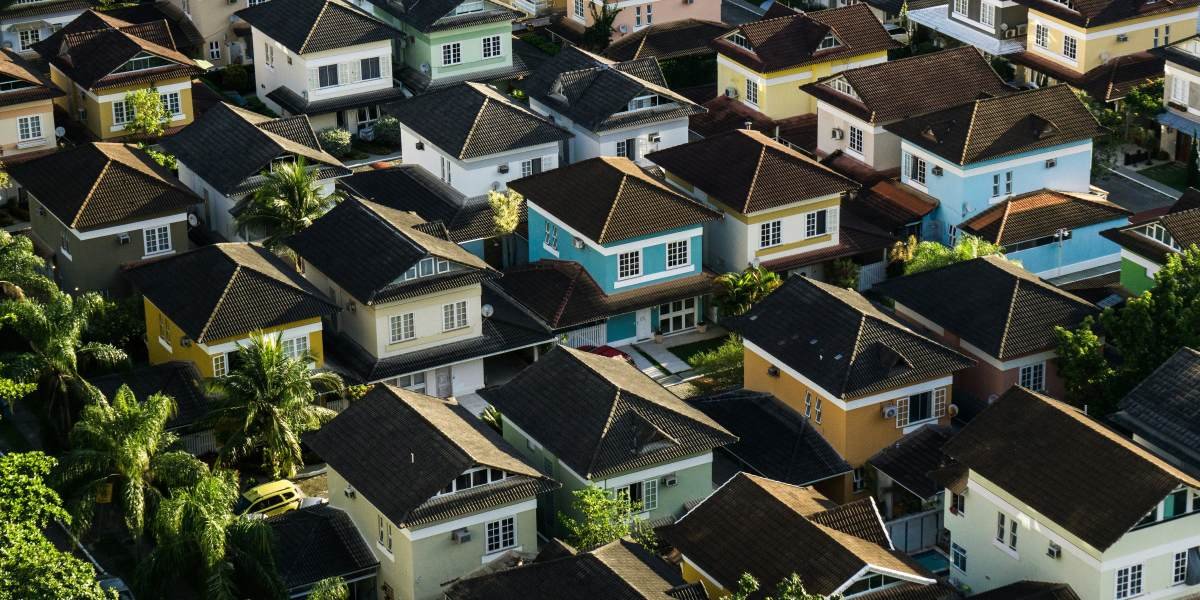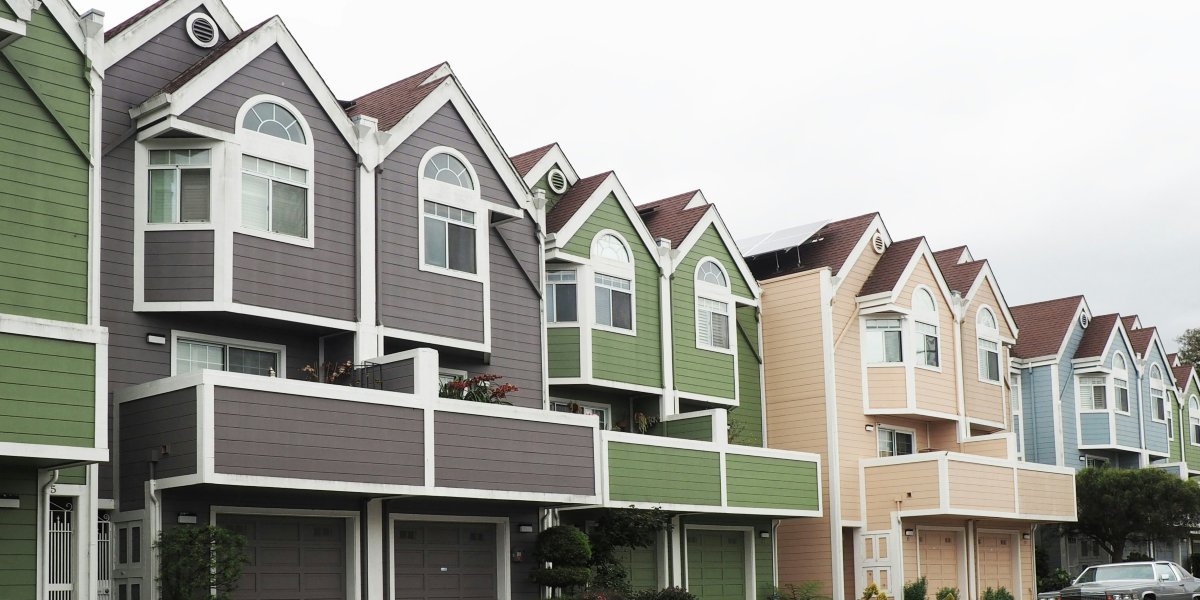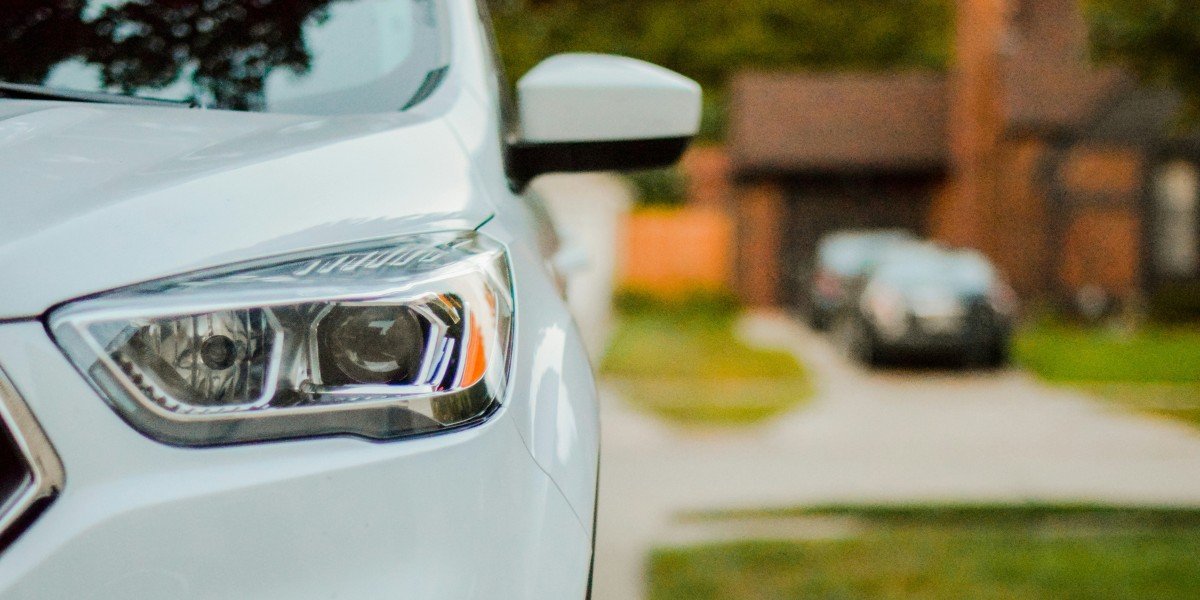Image Commercially Licensed from Unsplash
Cannabis sativa is a species or subspecies of cannabis that exhibits certain characteristics. It has traditionally been one of the classifications (together with Indica) that have dominated how cannabis plants are categorized. Cannabis plants that originate from cannabis sativa seeds are also referred to as narrow-leaf cannabis strains, which is a word that has been more common over the years.
Cannabis sativa seeds yield plants that have been developed for performance, but in many instances, the heritage of their genetics can be traced back to original landrace sativa strains. It is true even if the plants themselves have been bred for performance.
Sativa seeds are well-known for their ability to produce unique long and narrow leaves (in contrast to indica plants, which have wide leaves). They also have a longer blooming time than Indica plants, being ready to harvest between the middle and the end of October in the northern hemisphere and between the middle and the end of April in the southern hemisphere.
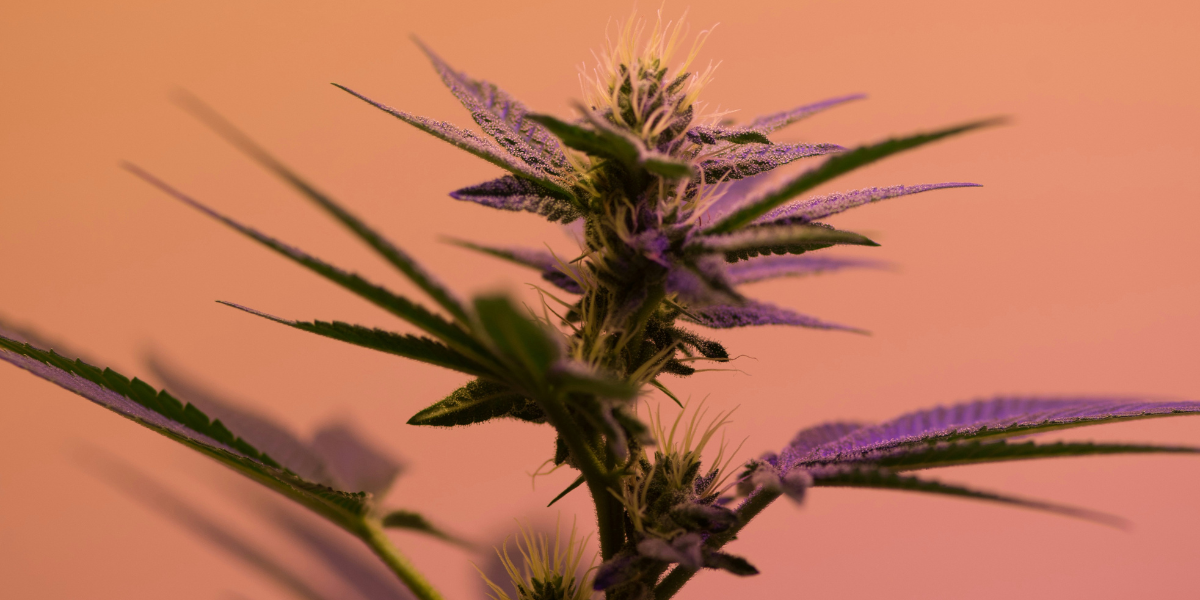 Image Commercially Licensed from Unsplash
Image Commercially Licensed from Unsplash
Reasons to grow Sativa seeds
So, why should you grow sativa seeds? Here are some compelling reasons:
It’s easy to transplant sativa seeds
If you follow the right procedures, transplanting Sativa seedlings is simple. Germination is of primary importance for new growers. The paper towel technique of seed germination is effective for many inexperienced gardeners. Wet a paper towel and sandwich the seeds between two sheets to do this. Put a dish over the young plants to protect them. If it’s dry, pour some water over it.
Depending on the strain, young plants cultivated in tiny pots are suitable for transplantation once they have produced four or five sets of leaves. Transplanting may begin after the established root system and white roots are visible. Look for darkening or discoloration of the leaves if you have any doubts. You can move the plant to a bigger pot after establishing that the transplanting procedure is complete.
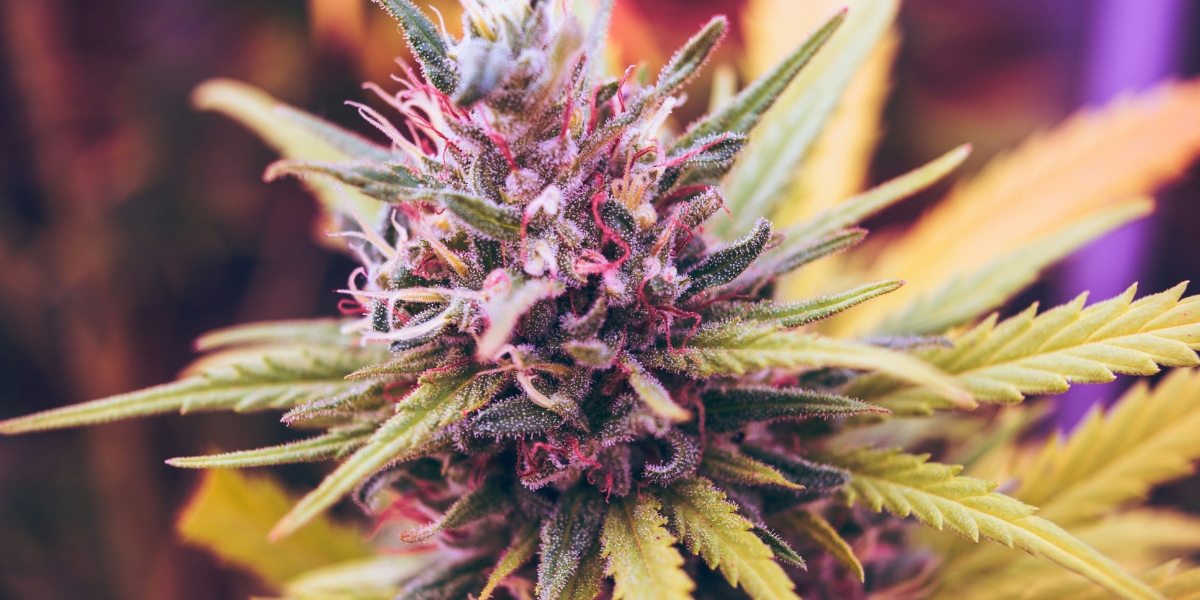 Image Commercially Licensed from Unsplash
Image Commercially Licensed from Unsplash
Feeding Sativa seedlings is more straightforward
There are several advantages to feeding Sativa seedlings. This plant species has 30 percent beneficial fats, including alpha-linoleic acid, an omega-3 fatty acid found in plants. Also, gamma-linolenic acid helps cells multiply and underpins basic bodily processes. Despite this, sativa seeds are easy to feed.
Remember that plants do not need fertilizers during the first two or three weeks of development. You can provide the first feeding without worry when they are between 15 and 20 centimeters long. However, plants will need more nutrients during the blossoming period than usual. Use only premium seedling nutrients for the second feeding. A small quantity of the fertilizers indicated for these plants is sufficient for the first two or three weeks.
Sativa seedlings’ germination is more assured
You need to know how Sativa seeds germinate before you try to cultivate your own. Typically, it takes between four and seven days for seeds to germinate. During this time, you need to take special care not to drown the tender sprout by giving them too much water. Transplant the seedlings into bigger containers if you have a robust and healthy couple. The initial few weeks of a plant’s life are the most delicate; therefore, you should gradually increase the amount of time it spends in direct sunshine by up to two hours daily.
Sativa seeds such as the Durban Poison germinate easily in a glass of water, making it a good choice for a starting grower. Start by placing the seeds in water that has been kept at around 22 degrees Celsius. The seeds will sprout a little white radicle after a few days. The plants may then be moved into the ground.
You can grow Sativa seeds both indoors and outdoors
It will help if you choose between indoor and outdoor plant growth when growing Sativa seeds. Each setting has its advantages and disadvantages. Indoor cultivation allows for more control of environmental factors. You’ll have one-touch access to lighting schedules and pinpoint control over watering. Likewise, you can use fans, heaters, and humidifiers to control the temperature and humidity. Space constraints are the primary challenge of indoor gardening. Most individuals can only produce medium-sized indica strains, while tall Sativas will be impossible.
On the other hand, your plants will be vulnerable to the elements if you decide to grow them outside. They’ll get some sun, but natural disasters like heat waves, storms, floods, and droughts are beyond anyone’s hands. Likewise, pests and fungi may inflict greater damage on plants when grown outside. However, outdoor areas often provide ample room. Growers can now raise plants to greater heights, resulting in greater harvests.
Watering
Learning the right way to water your plant is also essential. Root rot is caused by overwatering, whereas problems with nutrient absorption are caused by underwatering. Fortunately, Sativa plants can be a bit lenient with watering.
The size of your container will also affect how much water you can offer. It would help if you considered weighing your containers before adding water. Put them on a scale if you get the chance. The soil will absorb water and grow much heavier with each watering. When the pots’ weight decreases toward their initial value, you know it’s time to water again. You can also touch the soil to know whether it needs watering again. Watering again after the top inch of soil has dried up is a good rule of thumb.
Sativa cannabis, often known as cannabis sativa, grows differently from Indica plants. Plants grown from sativa seeds are typically considerably taller than those from Indica seeds. You must consider this if your growing area is limited in height. Plants cultivated from Cannabis sativa seeds have been seen to stretch as they mature because of the plant species’ well-documented propensity to grow toward the source of available light. Indoor gardeners with experience with sativa seeds often train their plants to avoid this problem. Meanwhile, in brighter, warmer places, outdoor sativa cannabis plants may reach a height of 2–3 meters for producers. Yields may be lower on sativa plants since their buds are thinner and longer, although higher-yielding cultivars exist.



